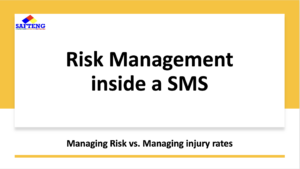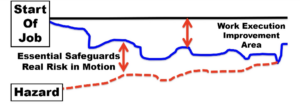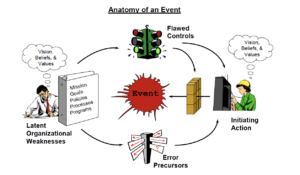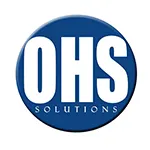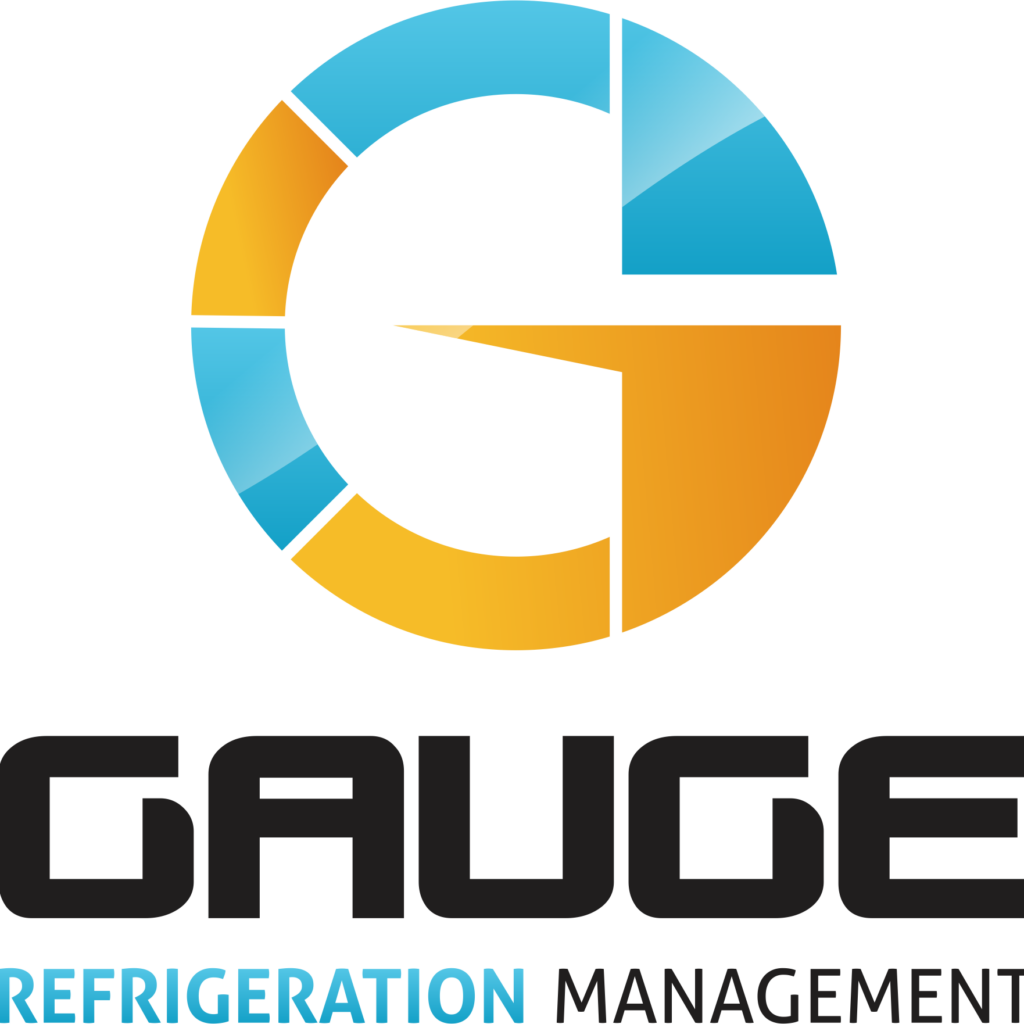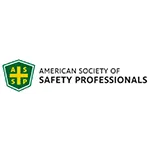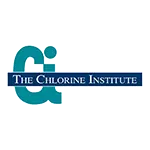CLICK HERE to Renew your Membership
CLICK HERE for a NEW Membership
CLICK HERE to see eligibility requirements for FREE Membership
If you have any questions, please contact me
We offer:
- Over 17,600 categorized unsafe acts/conditions and accident/injury photos
- Over 1,450 ppt's & doc's
- Over 3,975 technical articles on Process Safety & Occupational Safety & Health matters
- Over 450 videos

I am proud to announce that have extended our”Partners in Safety” agreement for another year (2025).
CI Members, send me an e-mail to request your FREE SAFTENG membership.
Many THANKS to my NEW Members and those who CONTINUE to support SAFTENG:





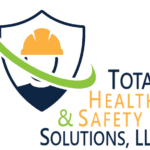





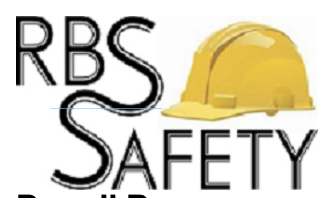


October 2, 2022
The Respondent operates a frozen poultry storage facility adjacent to other businesses, within several hundred feet of residences, and near a hospital. Respondent uses anhydrous ammonia in a refrigeration “process,” as defined by 40 C.F.R. § 68.3, in a system of pipes and vessels at the Facility (the “Process”). On June 5, 2019, EPA inspectors visited the Facility to assess...
Read More
September 29, 2022
This single image captures all we need to recognize about “real-world safety.” The straight black line represents “work as imagined”; this means the work done “by the book” every time. Anyone who believes humans follow all the rules 100% of the time is living in a fantasy land. We are wired to find the easy, most efficient, and fastest way to do things. ...
Read More
September 29, 2022
On February 8, 2017, an explosion at the DeRidder Mill killed three contract workers and injured seven others (the “Explosion”). These workers from Elite Welding, LLC (“Elite”), were welding on the cracked intersection of a vertical eight-inch clean condensate pipeline and a three-inch pipeline near the Mill’s 100,000-gallon foul condensate tank. This tank accumulates harmful vapors, referred to as...
Read More
September 28, 2022
On August 12, 2016, hot work was being conducted by a contractor at a crude oil terminal on a section of pipe that contained residual crude oil. Using an isolation device, the pipe segment was plugged on both ends by a sub-contractor (hired by the primary contractor). During the welding operation on the inside surface of a flange, vapor inside the pipe gathered between two of the installed isolation...
Read More
September 28, 2022
Safety is a privilege to protect our teams. But you better F’ing respect that privilege and honor it. There is no higher calling than what we get to do day in and day out. If this is a job for you – get the hell out of our way and find something else to spend your time doing. This is a passion to most of us – sure, we get paid, we have families to care for. But we do this because we CARE...
Read More
September 25, 2022
OSHA has an actual policy of “Corporate Name Shaming.” It is a horrible practice and harms OSHA’s credibility, as all “shaming” programs do. But they continue it as if it makes a difference. What amazes me is that some companies still do the same thing to their employees. As the title of this article makes clear… the FIRST and possibly...
Read More
September 25, 2022
A traditional view of events and accidents is that they are caused by human competence, attention, or attitude shortcomings. It may be under the label of “loss of situation awareness,” “procedural violation,” or “poor management”. A new and different view is that human error is NOT the cause of failure but a SYMPTOM OF FAILURE – trouble deeper inside the system. Human error is not...
Read More
September 24, 2022
Recently, several fires occurring during hot work have been reported to BSEE. Hot work is any job with the potential to create an ignition source, such as an open flame, sparks, or high temperatures. Examples of hot work include welding, using acetylene torches, and grinding and cutting metal.
…
HomeRead More »
Read More
Temporary Equipment as a Potential Source of Ignition on Offshore Facilities (BSEE Safety Alert 449)
September 24, 2022
Bureau of Safety and Environmental Enforcement field personnel have indicated a need for increased operator awareness when using temporary equipment (TE). Some TE may be a potential ignition source and can range from small items such as portable welding sets to large skid-mounted packages (e.g., temporary generators, air compressors, hydraulic power packs, well-testing equipment, process equipment,...
Read More
September 18, 2022
In my discussions with SAFTENG members who are Process Safety clients, the question is always asked: “Where do you get the terms “responding facilities” and “Non-Responding facilities” from? These are terms used in EPA’s Risk Management Plan rule, and I have said many times in my writings that not every facility is required to have an emergency response...
Read More
September 18, 2022
Respondent has a synthetic rubber manufacturing process at the facility that processes two petrochemicals, butadiene and styrene, and the temperature of the reaction is controlled by anhydrous ammonia. Respondent has greater than a threshold quantity of 1, 3-Butadiene and Ammonia (anhydrous) in a process at the Facility, meeting the “covered process” definition defined by 40 C.F.R. § 68.3....
Read More

